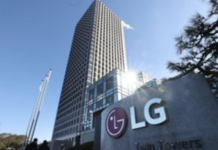New York– Google can aptly translate doctor’s orders into Spanish and Chinese albeit with a few significant errors, finds a study.
A team from the University of California-San Francisco (UCSF) analysed 100 sets of emergency discharge instructions translated by Google’s machine learning algorithm that was rolled out in 2017.
The results showed that it was 92 per cent accurate for Spanish and 81 per cent accurate for Chinese.
However, a small minority of the inaccurate translations — two per cent in Spanish and eight per cent in Chinese — had the potential to cause clinically significant harm.
These were mostly due to grammar or typographical errors in the original written English instructions, the researchers explained.
“Google Translate is more accurate than a lot of clinicians believe, and I think it’s definitely more useful than not providing anything at all,” said lead author Elaine Khoong, a UCSF primary care research fellow.
“We cautiously support its use.”
The study, published in the journal JAMA Internal Medicine, noted that the algorithm got into trouble when doctors used colloquial terms like “skip a meal” – a phrase that Google translated into Chinese as “jump over” a meal.
Machine translation errors were also linked to the use of medical jargon, and long, complicated sentences.
The researchers said Google Translate is best used in combination with human interpreters, even if they are not in the room, who can interpret the physician’s verbal instructions for the patient, over the phone or via video, while the physician shows the patient the written translation on the computer screen or printout.
That way, patients can flag errors or confusing passages as they are listening and reading. (IANS)







